
Most people experience stress Anger and anxiety from time to time. Stress is any demand placed on your brain or physical body. People can report feeling stressed when multiple competing demands are placed on them. The feeling of being stressed can be triggered by an event that makes you feel frustrated or nervous. Anxiety is a feeling of fear, worry, or unease. It can be a reaction to stress, or it can occur in people who are unable to identify significant stressors in their life. Stress and anxiety are not always bad. In the short term, they can help you overcome a challenge or dangerous situation. Examples of everyday stress and anxiety include worrying about finding a job, feeling nervous before a big test, or being embarrassed in certain social situations. If we did not experience some anxiety we might not be motivated to do things that we need to do (for instance, studying for that big test!).
Stress and anxiety can cause mental or emotional symptoms in addition to physical ones. These can include:
1. feelings of impending doomPeople who have stress and anxiety over long periods of time may experience negative related health outcomes. They are more likely to develop heart disease, high blood pressure, diabetes, and may even develop depression and panic disorder. However, if stress and anxiety begin interfering with your daily life, it may indicate a more serious issue. If you are avoiding situations due to irrational fears, constantly worrying, or experiencing severe anxiety about a traumatic event weeks after it happened, it may be time to seek help.
How Does Yoga Help Cure Anxiety?Yoga gives your body a good stretch and stimulates different hormones. It also heals the nervous system. The stretch calms your mind and relaxes your body. It almost seems like your body is releasing all the tension that is trapped between your muscles. The healing of the nervous system also helps release endorphins, which are the happy hormones. Want to know how does yoga help with anxiety and stress? Practicing any asana or Pranayama helps relieve stress. These are some easy poses that you can begin with.
1. Breathe deeply. Breathing has long been a central part of yoga. Focusing on your breath before, during, and after yoga sessions will greatly benefit anger management. Breathing deeply is also good for other negative emotions, as it physiologically calms you down. Make sure to breathe deep into your diaphragm. You should be able to feel/see your belly rise and fall while doing this. Breathe out slowly. The time taken to breathe out is approximately four times the time taken to breathe in.
2. Relax your body. Take time to relax your muscles from head to toe, one by one. This will help release tension in parts of your body you may not have realized were even there. Don’t rush. Take your time. If you feel like you are having trouble slowing down, then you can also do a guided body scan meditation that will take you through all the parts of your body.
3. Feel your anger. This is not about thinking about the anger. Rather you just need to stay with the emotion. Feel all of it. Notice where you feel it in your body. Notice the intensity. Don’t judge the feelings. If thoughts do arise, acknowledge them and then return to noticing your emotions.
4. Allow the anger to be there. Stay with it as long as you need to. Eventually, with all the mindful noticing, the anger will begin to dissipate. If it begins to dissipate, don’t fight it. Instead, try to let it go. Try focusing on your breathing instead of focusing on what you are angry about.

The Balasana is a restorative, calming pose that relaxes and rejuvenates the body. The stretch in the back relaxes the spinal column. It soothes the muscles, thereby helping to alleviate pain, especially in back, neck, and shoulders. The knees are also stretched and relaxed, and therefore, the tendons, muscles, as well as joints are healed and made ready for functioning. The pose resembles a fetal position and is said to provide physical, mental, and emotional solace to the being. This pose truly promotes positive feelings, transporting you back to your childhood days and stripping you of ill feelings and arrogance.

This asana completely expands and opens the shoulders, chest, and neck. It makes the abdominal muscles and back strong and relieves stress and anxiety.

Ustrasana gives your body a good stretch. It not only releases the pent-up stress but also ensures enhanced blood circulation throughout your body. Proper blood circulation means more oxygen, which helps to heal the mind and body thoroughly. This asana is an excellent means to combat anxiety.

Just like the Ustrasana, this asana too enables better blood circulation throughout the body. The back gets a good stretch. This helps calm the mind and reduce the stress. This asana combats insomnia as well. Therefore, it is a good asana to practice when you have anxiety issues.

This asana completely flexes your spine, and when you combine this asana with breathing, it elevates its benefits. One of the best benefits of this asana is stress release. It makes your body more flexible and improves circulation. Therefore, it has great healing properties that relax and calm your mind and body.

This asana is so easy that just about anybody can do it. It basically stretches your inner thighs and groin area, but the straight back and the stretch in the legs make you feel better. Your anxiety and stress automatically reduce as your mind calms down. This asana also helps cure anxiety.

This asana has an interesting feature – the opposition of force. This feature balances two opposing energies and helps find a synergy between them. It is an easy asana, but you need to be present in the moment to make the most of it. The twist and stretch that it involves help release anxiety and calm your mind and body.

This asana is a seated forward bend that helps stretch almost every bit of your body and relaxes you as well. This asana touches your mind, body, and soul, keeping you happy and healthy. As you indulge in this asana, your mind calms down and worry leaves your body. Practice it to enjoy an anxiety-free life.

This asana primarily helps you develop core strength. It is extremely easy, but you need to involve your mind and body when you practice this asana. It works on your core and spine and releases stress. This asana is a basic one that you can start practicing to relieve anxiety.

Shavasana is one of the best yoga poses for anxiety and depression relief. Shavasana allows ultimate relaxation of your body and mind, which is just as essential as exercise and a balanced diet are.

Pranayama includes Controling and regulation of Breath. "Pranayama is control of Breath". "Prana" is Breath or vital energy in the body. On subtle levels prana represents the pranic energy responsible for life or life force, and "ayama" means control. So Pranayama is "Control of Breath". One can control the rhythms of pranic energy with pranayama and achieve healthy body and mind. Patanjali in his text of Yoga Sutras mentioned pranayama as means of attaining higher states of awareness, he mentions the holding of breath as important practice of reaching Samadhi. Hatha Yoga also talks about 8 types of pranayama which will make the body and mind healthy. Five types of prana are responsible for various pranic activities in the body, they are Prana, Apana, Vyan, Udana & Samana. Out of these Prana and Apana are most important. Prana is upward flowing and Apana is downward flowing. Practice of Pranayama achieves the balance in the activities of these pranas, which results in healthy body and mind.
"Meditation" and "mindfulness" are buzzwords these days for good reason. Yogis have been practicing dhyana (meditation) for millennia. Get expert insight here on meditation and its symbiotic relationship to yoga. Use our hub as your go-to resource for simple tips and guided practices to quiet your mind and make meditation part of your modern daily life.
After a strenuous workout that involves stretching, twisting, contracting, and inverting of muscles, Shavasana allows your body to rest and regroup. Even the most neglected muscles will get some time to let go of their stress in such a short span of time. Yoga furnishes the nervous system with a whole lot of neuromuscular information. Shavasana helps your nervous system integrate this information before your mind gets busy with the regular stress of the day.

We provide yoga services in all life style disorders and wellbeing
Heart conditions that include diseased vessels, structural problems and blood clots.
Read More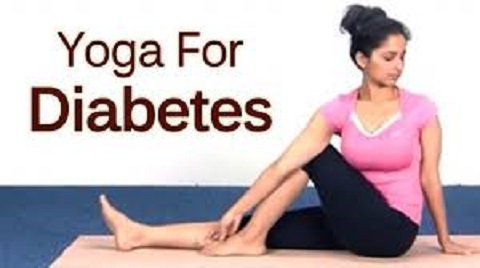
Diabetes - A group of diseases that result in too much sugar in the blood (high blood glucose).
Read More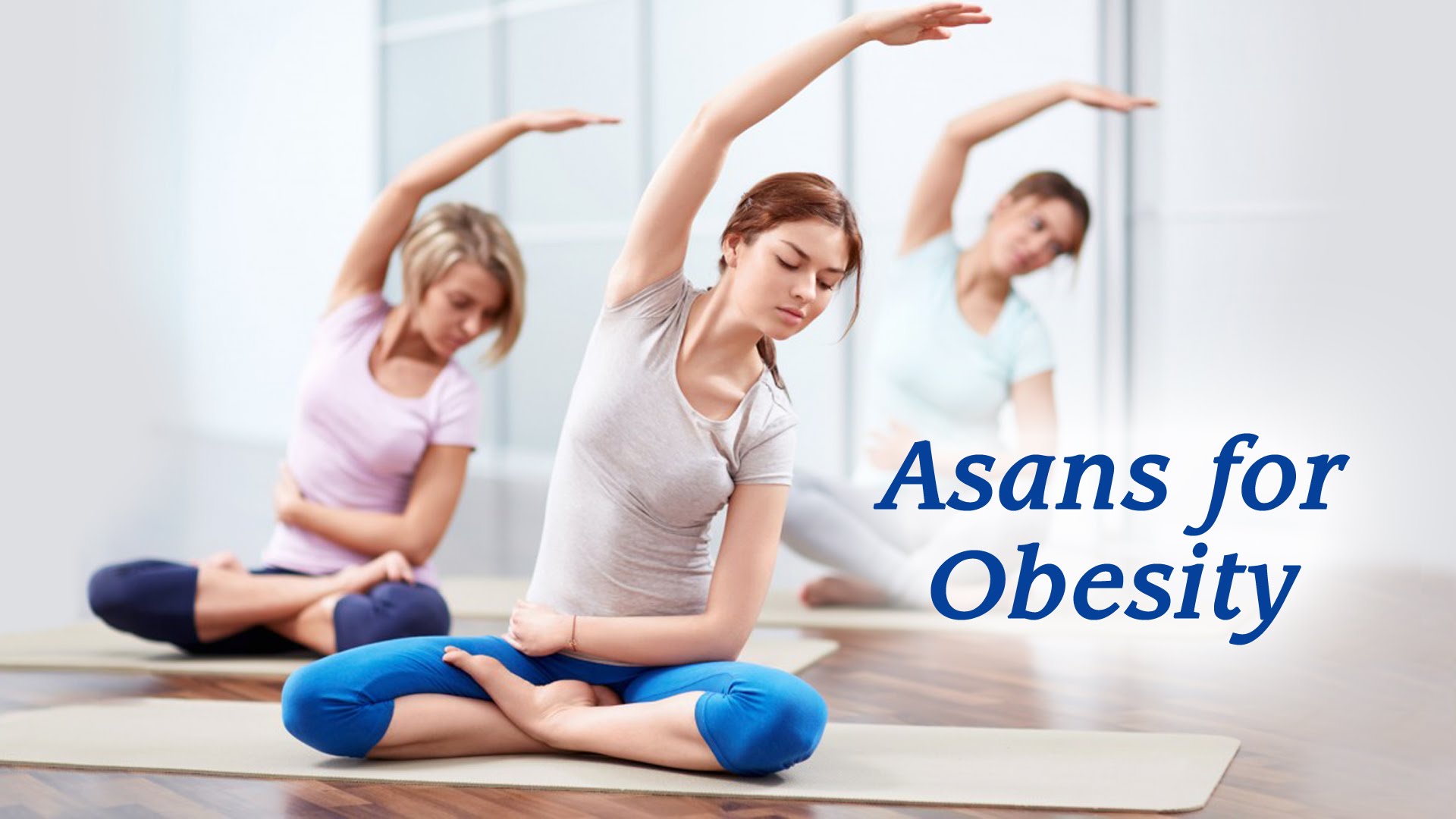
Obesity - A disorder involving excessive body fat that increases the risk of health problems.
Read More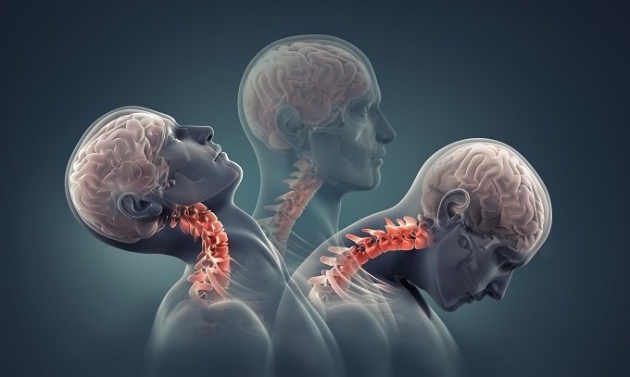
Cervical spondylosis is a common, age-related condition that affects the joints and discs in your cervical spine, which is in your neck.
Read More
Arthritis - Inflammation of one or more joints, causing pain and stiffness that can worsen with age.
Read More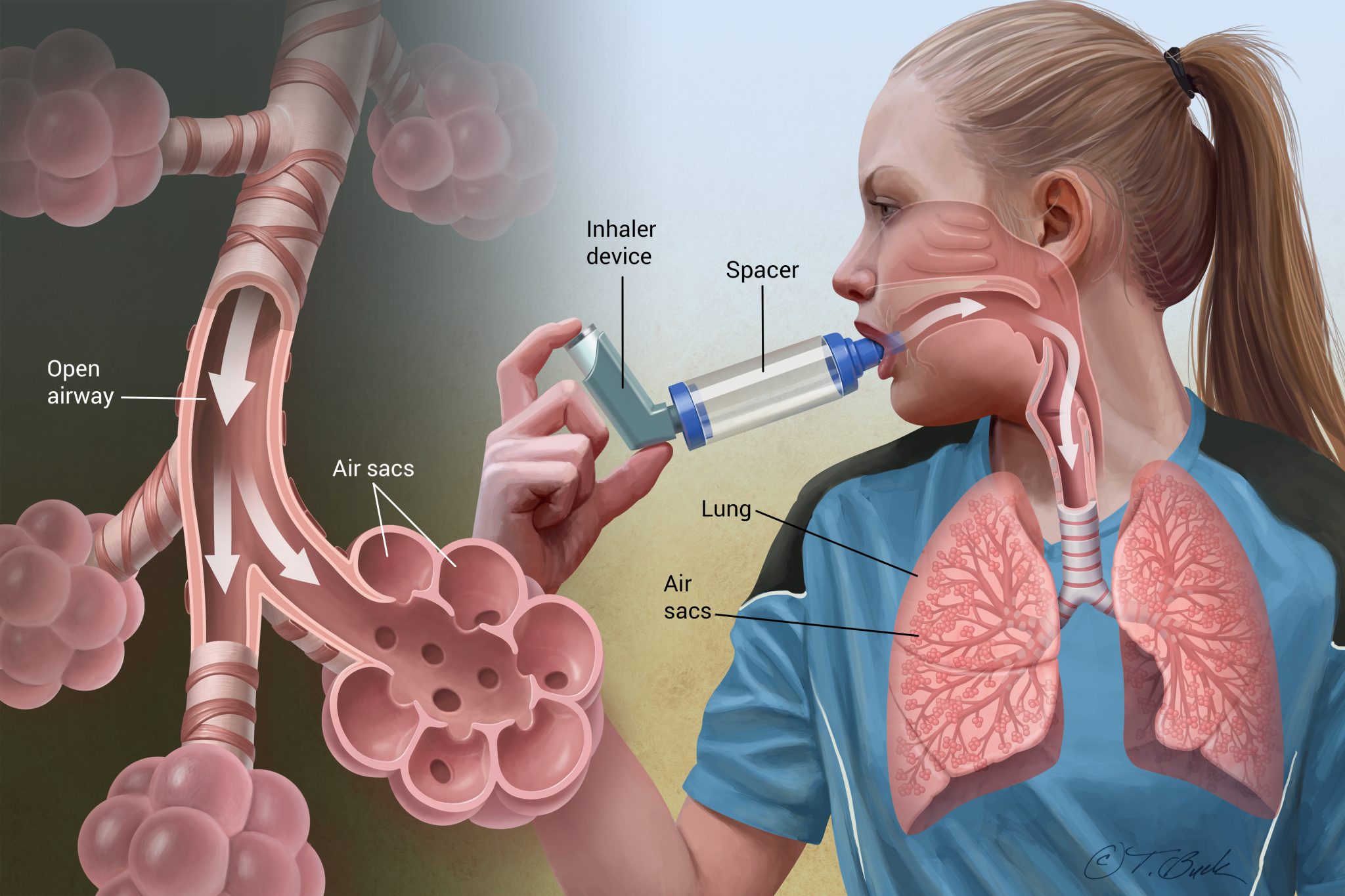
Asthma - A condition in which a person's airways become inflamed, narrow and swell and produce extra mucus, which makes it difficult to breathe.
Read More
A mental health disorder characterised by feelings of worry, anxiety or fear that are strong enough to interfere with one's daily activities.
Read More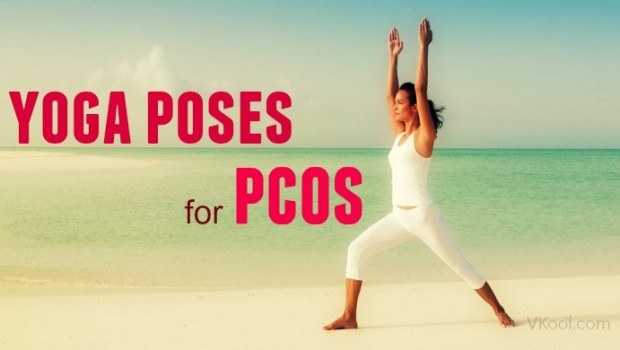
PCOS - A hormonal disorder causing enlarged ovaries with small cysts on the outer edges.
Read More
Thyroid - Thyroid disease is a common problem that can cause symptoms because of over- or under-function of the thyroid gland.
Read More
Osteoarthritis is a degenerative process that causes knee joint pain, stiffness, and swelling.
Read More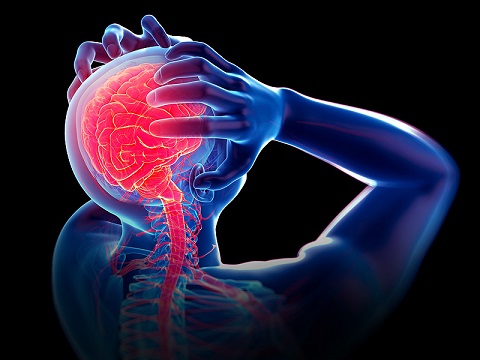
Migraine - A headache of varying intensity, often accompanied by nausea and sensitivity to light and sound.
Read More
Gastric problems are usually more common in diabetics who have had the condition for longer, and is mostly caused by neuropathy affecting certain nerves in the digestive system.
Read More
Eye diseases like macular degeneration, glaucoma, and cataracts, can cause vision problems.
Read More
Shoulder problems happen when the soft tissues in the shoulder break down.
Read More
Yoga is for all age groups kids, children, tenage, young and adults.
Read More
Hair Loss - Hair loss, also known as alopecia or baldness, refers to a loss of hair from part of the head or body.
Read More
Yoga helps to increase your height by opening your ligamnets, stiffed tendons, ball and socket joints.
Read More
Pranayama, breathing exercises, headstand, and fish pose are primarily the best for glowing skin.
Read More
Body Toning - Tone up you body curves and lose weight by yoga asanas.
Read More
General Fitness by yoga includes physical, mental and spiritual wellbeing.
Read More